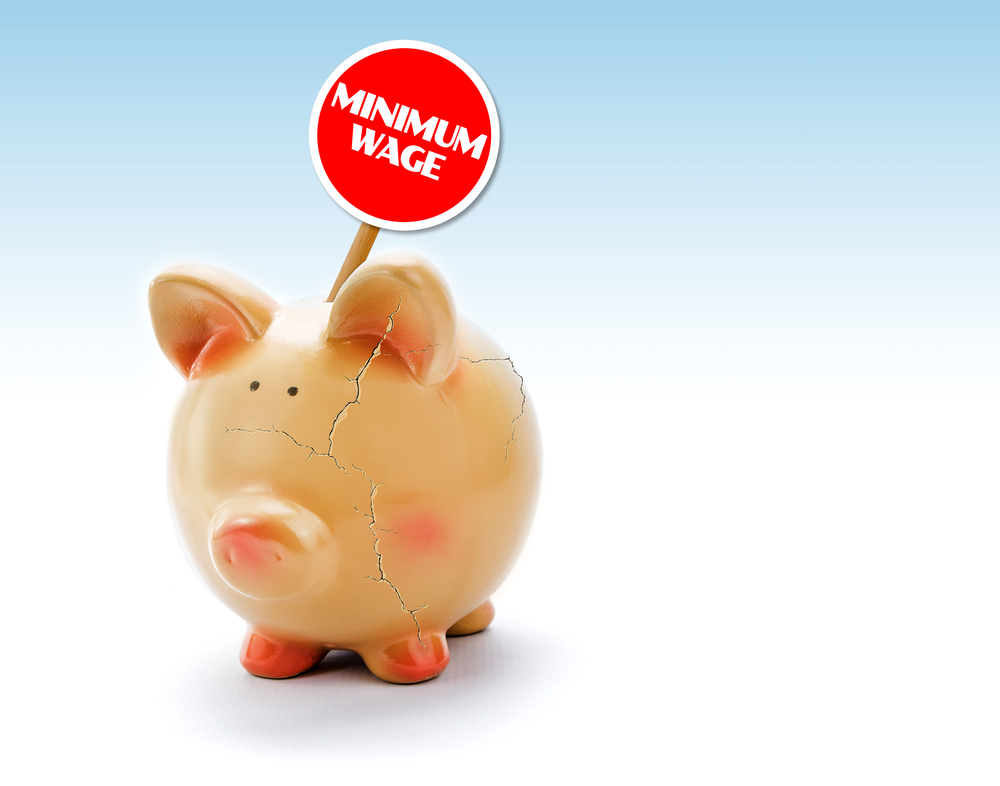Despite the post-election spin, last Tuesday’s ballot results were very bad for President Trump. Not only did Republicans lose control of the House, but several governorships, too. Further down the ballot, Democrats picked up state attorneys general and hundreds of state legislative seats.
Even the GOP’s lone headline achievement, increasing its majority in the Senate, should disappoint the White House. Of the 35 Senate seats at stake, 24 were held by Democrats and two more by allied independents. That means Republicans had many more opportunities to gain in the Senate than their Democratic rivals, and many fewer opportunities to lose. Netting a couple of seats and registering shoestring victories in several Senate races in GOP-friendly territory during an economic boom are signs of major Republican underperformance.
Trump and his supporters claim that he has “redrawn” the Republican coalition to include blue-collar voters who historically supported Democrats. That is true to some extent. But he also appears to be pushing away (or at least fails to enthuse) some voters who historically supported GOP candidates. It’s an open question whether the Trump voter coalition is larger or smaller than the traditional Republican coalition.
That could be a serious problem for Trump in two years, if he runs for reelection. It’s well known that presidential elections attract younger and more ethnically diverse voters than midterms, and those voters are more inclined to vote Democrat. By my count, Republicans will defend at least 20 Senate seats in 2020, which means they will have more opportunities to lose and fewer to gain in that chamber than the Democrats. The 2018 election may not have been the “Blue Wave” that Democrats had hoped for, but it could be a “storm surge” election of rising Democratic power portending a future GOP wipeout.
Trump political adviser Kellyanne Conway likely has been making all this very clear to POTUS in her post-election debriefs. If he doesn’t already, Trump will soon realize that he needs to broaden his coalition if he wants to avoid a humiliating 2020 defeat. He likely won’t move toward more traditional Republican positions—he just spent the 2018 election actively running off small-government conservative Republicans, after all. The other option—and the one I think he’d far prefer—is broadening his coalition by moving leftward, reaching across the aisle and taking up more Democratic causes.
I have a guess as to one he’ll try.
As is now well understood, Trump has few policy interests beyond managing trade and suppressing immigration. Further, he’s an economic populist who has championed plenty of left-wing causes in the past. So he’d have little compunction about abandoning a Republican economic policy and embracing a Democratic one that has blue-collar appeal—and one that would impose hardship on immigrants and minorities to boot.
That’s why I believe Trump will become a loud proponent of increasing the minimum wage—perhaps all the way to the political left’s ideal of $15 an hour.
Raising the minimum wage is terrible policy from a human welfare perspective. There is ample empirical evidence that increasing it reduces employment, especially for the most vulnerable workers: young minorities. That’s why I’ve proposed that Congress not only repeal the federal minimum wage but use its authority under the Commerce Clause to prohibit minimum and “living wage” laws at the state and local levels.
However, raising the wage is really good politics. Many voters don’t understand the employment and regressive effects of the minimum wage. Instead they think politicians who raise the wage are “looking out for the working person.” Trump would certainly like to burnish his populist reputation as such a politician.
Even better from his perspective: raising the wage would redistribute employment to more skilled, more experienced, predominantly white workers—that is, to the people at the center of the Trump coalition. A century ago, the Progressive originators of the minimum wage understood this well. Redistributing employment to white male workers and away from “racially undesirable” immigrants was an avowed purpose of the wage’s creation. POTUS may not currently know this, but Stephen Miller, architect of the White House’s anti-immigration agenda, likely does and will soon explain it to Trump.
Trump has previously voiced support for raising the wage, though at other times he’s toed the Republican Party line. With his presidency on the line and an opportunity to stealthily harm immigrants and minorities, I expect him to become a major cheerleader for a minimum wage increase. This additional rejection of traditional Republican policy will be a further GOP loss in the 2018 election.
Thomas A. Firey is a senior fellow and managing editor of the Cato Institute’s magazine Regulation. He also is senior fellow for the Maryland Public Policy Institute.


READER COMMENTS
Thaomas
Nov 14 2018 at 12:34pm
If President trump wanted to do something to attract low income voters, he could propose a substantial increase in the EITC. This would have the same effect in raising incomes of low paid workers without the disincentive effects of a minimum wage in competitive labor markets. Even more radical would be to replace the wage tax that finances SS/Medicare benefits with a VAT.
Hazel Meade
Nov 14 2018 at 1:46pm
Another signal:
The $16 wage floor for autoworkers that he negotiated in favor of in the NAFTA revamp.
Thaomas
Nov 15 2018 at 11:14am
Probably about the worst part of the revamp, more than offsetting liberalization of dairy.
Richard A.
Nov 15 2018 at 12:03pm
The NAFTA revamp moves NAFTA in a more protectionist direction. It will be a little more bureaucratic to sell autos from NAFTA countries into the US. The NAFTA revamp vote will help separate the true free traders from the phonies.
Hazel Meade
Nov 15 2018 at 12:05pm
One of the benefits of having a Democratic House and a Republican Senate is that that vote may never happen.
Comments are closed.